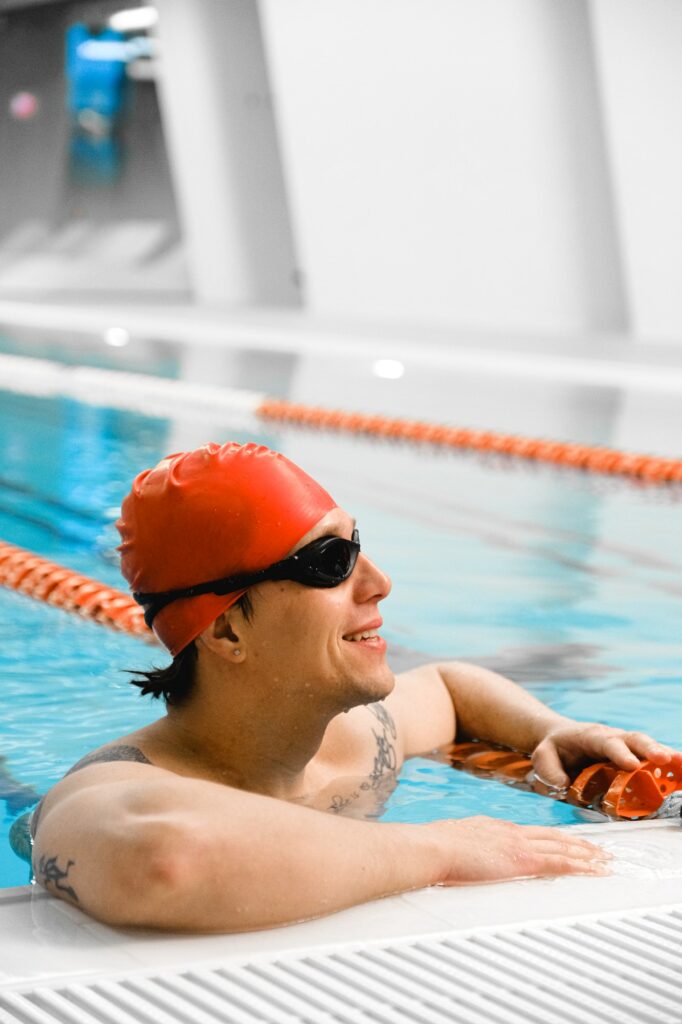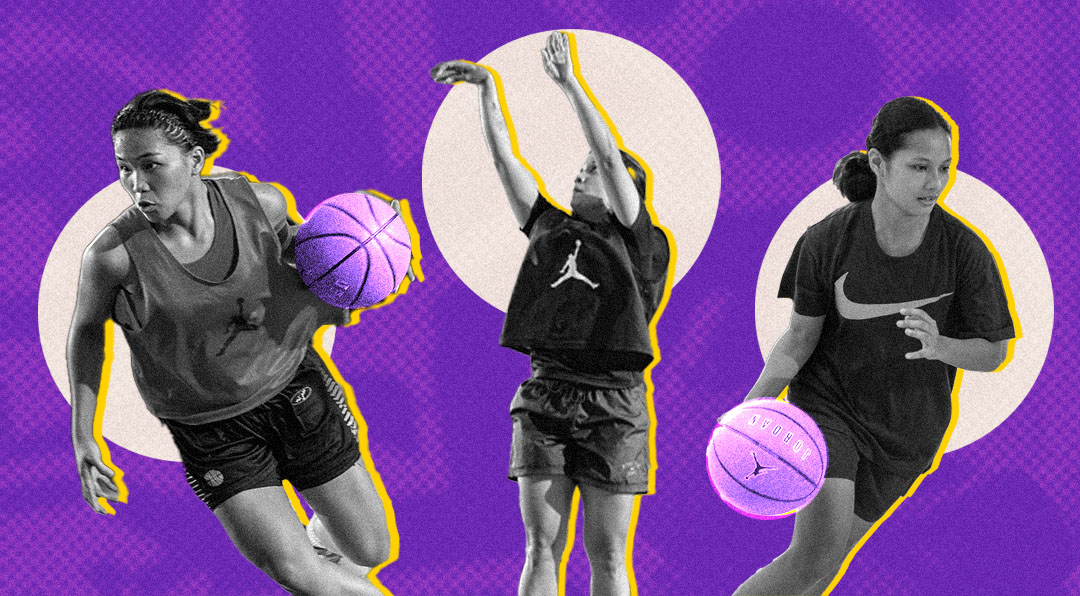Here’s a tapering rule for athletes training at least 10 hours per week: Reduce training volume by 20 percent each week, three to four weeks out from race day
Photos by SHVETS production/Pexels
My friend Jeremy has been training hard for his upcoming triathlon races. He has been training at least 10 to 15 hours per week. During his last bike ride a few days ago, as he was trying to add more mileage on the saddle, he bonked. He felt lightheaded and lost concentration during his ride and crashed. What happened there?
The key ingredient of a great race is to get your taper right. Whether the long distance event is a priority race or merely serves as a tune-up for your next target race, tapering should start right about now.
The ergogenic effect
Training as hard as you can up to race day makes it impossible for the body to recover from all the stress and will not result in your best performance. There will be no ergogenic effect or, in layman’s terms, it will all just be a waste of precious time and effort. But the opposite of training hard, which is complete rest or cessation of training, is not good either. The intention of tapering during the weeks leading up to a target race is to enhance physical capacity, stamina, and recovery.
During taper period, carbohydrates consumed each day should increase from 45 to 55 percent to 65 to 70 percent of the total energy requirements. This allows muscle glycogen stores to be maximized as training time is minimized
Tapering period
Tapering is basically reducing your training load over a period of time leading up to an important race. In general, tapering depends on the athlete’s training volume. Although every athlete is different, a well established rule of thumb for athletes training at least 10 hours per week is to reduce training volume by 20 percent each week, beginning three to four weeks out from race day. If you’re fairly new to triathlon or preparing for a sprint or Olympic distance race, a week-long taper should be enough.
As the training volume decreases, so will your caloric requirement, which means you need to taper your eating habits as well. You may feel heavy, sluggish, and temperamental as your body adjusts to moving less. This is what I call a taper tantrum. Without a plan, it’s easy to give in to cravings, hunger, or binge-eating.

During taper period, carbohydrates consumed each day should slowly increase from 45 to 55 percent to 65 to 70 percent of the total energy requirements. This progression allows muscle glycogen stores to be maximized as training time is minimized.
Sample meal strategies for standard distance triathlons
4 to 7 days before
Eat well but focus on small frequent meals. Choose meals and snacks that have the right balance of vegetables, lean meat or protein, whole grains, and low-fat dairy. Avoid mindless eating, especially when you’re not hungry. Eliminate calorically-dense, nutrient-deficient, pre-packaged processed foods, and cut out or decrease desserts. Cut back on beer and wine as well.
3 days before
Stick to familiar food. If you plan to use caffeine during the race, decrease your intake to boost its energizing effect on race day. This is the time to increase the carbohydrate portion of your total caloric requirement to 60 percent (in expense of fat). Opt for easily digestible food at this point. Reduce intake of fiber, uncooked meats, and fatty, oily, and spicy food.
Three days before the race, stick to familiar food. If you plan to use caffeine during the race, decrease your intake to boost its energizing effect on race day
1 day before
This is the time to carb up. You may increase intake to 70 percent of your total calorie requirement or up to 500 to 600 grams of carbohydrate per day to maximize glucose and glycogen stores. Studies show that beyond 600 grams offers no ergogenic effect, which means tapering is no longer an excuse for pigging out on rice and pasta.
Lunch is the most important meal of the day. You can eat a full rice meal or pasta. Load up on carbs with adequate amounts of protein and lots of water. For dinner, top off glycogen stores with easily digestible food like sandwiches, fruits, and yogurt. Make sure you’re also taking in adequate amounts of sodium (more than two grams per day), which can easily be done by adding extra salt to your meals or eating salty food. Prioritizing sleep and quality nutrition during this phase is key to feeling fit and rested on race day.
30 minutes to 4 hours before
Don’t try anything new. You may hydrate with five to seven ml of fluids per kg of your bodyweight. This allows you to pee excess fluid before the race starts. You may eat at least two grams of carbohydrates in the form of sandwiches, crackers, and smoothies. Avoiding fatty, oily, and high fiber foods will keep you light on your feet, energized, and hungry for the race.














































